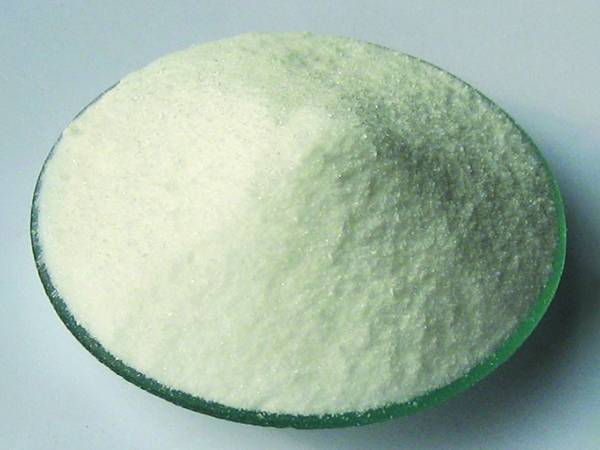



lead oxide making process
The Lead Oxide Making Process An Overview
Lead oxide, a crucial compound in various industrial applications, is primarily produced through a well-defined manufacturing process. This compound is predominantly utilized in the production of lead-acid batteries, a significant component for energy storage in various sectors, including automotive, renewable energy, and uninterrupted power supplies. Understanding the lead oxide making process provides insight into its significance and the methods used to produce this essential material.
Raw Materials and Initial Preparation
The production of lead oxide begins with the sourcing of raw materials, primarily lead metal. The lead is typically obtained from lead ore through mining and refining processes. Once the lead is extracted, it is subjected to a calcination process, where it is heated in the presence of oxygen. This initial step is crucial for creating an intermediate compound known as lead oxide, specifically in the form of either litharge (PbO) or red lead (Pb3O4), depending on the desired end product.
The Oxidation Process
The next phase in the lead oxide making process involves the oxidation of lead metal. This is achieved by heating lead in a controlled environment, where air is introduced to facilitate oxidation. Two primary methods are employed in this phase
1. Ball Mill Method This is one of the most common techniques used to produce lead oxide. In this process, lead is fed into a ball mill with appropriate additives to promote oxidation. The ball mill, a rotating cylindrical device loaded with steel balls, grinds and mixes the lead with oxygen. The friction and impact generated within the ball mill create the conditions needed for the oxidation reaction to occur, producing fine lead oxide particles. The resultant lead oxide powder can be adjusted for purity and particle size based on specific applications.
2. Industrial Oxidation Method In larger-scale operations, a thermal oxidation process is utilized. Here, lead metal is melted and subjected to high temperatures in a controlled environment where oxygen is supplied. This method allows for the production of lead oxide with specific properties that are often required for different application scenarios. The oxidized material is collected, cooled, and then processed for further use.
lead oxide making process

Quality Control and Refinement
Once the lead oxide is produced, it undergoes rigorous quality control to ensure it meets industry standards. This involves testing for chemical composition, particle size distribution, and physical properties. Any impurities or deviations from the desired specifications are addressed through refining processes. Techniques such as screening and milling may be employed to achieve the necessary consistency and quality of the lead oxide.
Applications of Lead Oxide
The primary application of lead oxide is in lead-acid batteries, which are essential for power storage in automotive applications, renewable energy systems, and emergency power systems. The unique properties of lead oxide, such as its ability to facilitate efficient charge and discharge cycles, make it indispensable in the battery manufacturing sector. Additionally, lead oxide serves as a key ingredient in glass, ceramics, and various chemical applications, contributing to its importance in multiple industries.
Environmental Considerations
Given the toxicity associated with lead and its compounds, the production of lead oxide is subject to strict environmental regulations. Manufacturers are required to implement measures to minimize lead emissions and manage waste effectively. Advanced technologies and best practices are continuously being developed to ensure that the production process is both efficient and environmentally friendly.
Conclusion
The lead oxide making process is a sophisticated operation that transforms raw lead materials into a vital compound used across various industries. Understanding this process not only highlights the technical aspects of manufacturing lead oxide but also underscores its significance in applications that power modern society. With ongoing advancements and a focus on sustainability, the future of lead oxide production looks promising, ensuring that it remains a critical component in our technological landscape.
-
Why Sodium Persulfate Is Everywhere NowNewsJul.07,2025
-
Why Polyacrylamide Is in High DemandNewsJul.07,2025
-
Understanding Paint Chemicals and Their ApplicationsNewsJul.07,2025
-
Smart Use Of Mining ChemicalsNewsJul.07,2025
-
Practical Uses of Potassium MonopersulfateNewsJul.07,2025
-
Agrochemicals In Real FarmingNewsJul.07,2025
-
Sodium Chlorite Hot UsesNewsJul.01,2025










